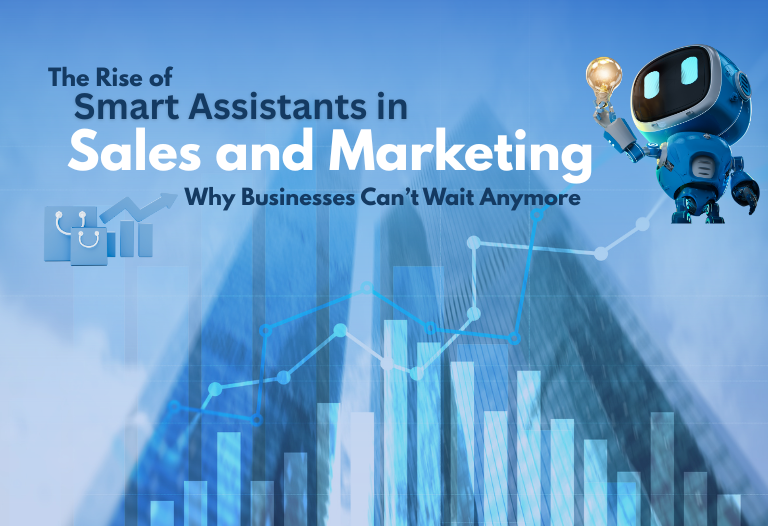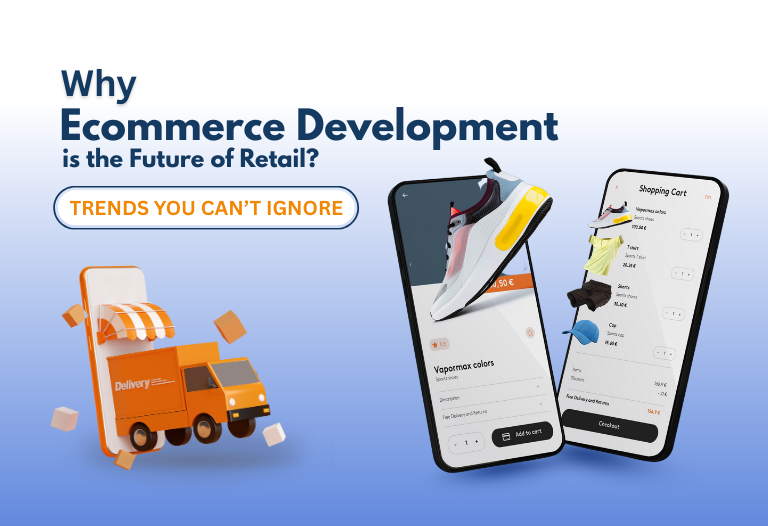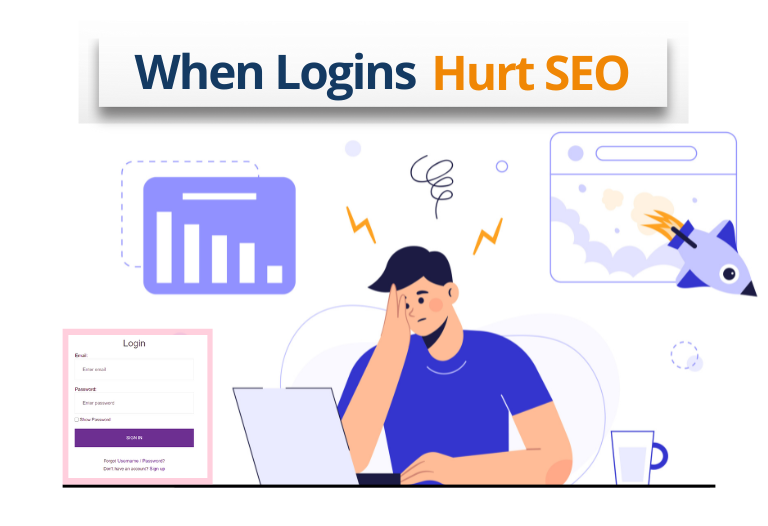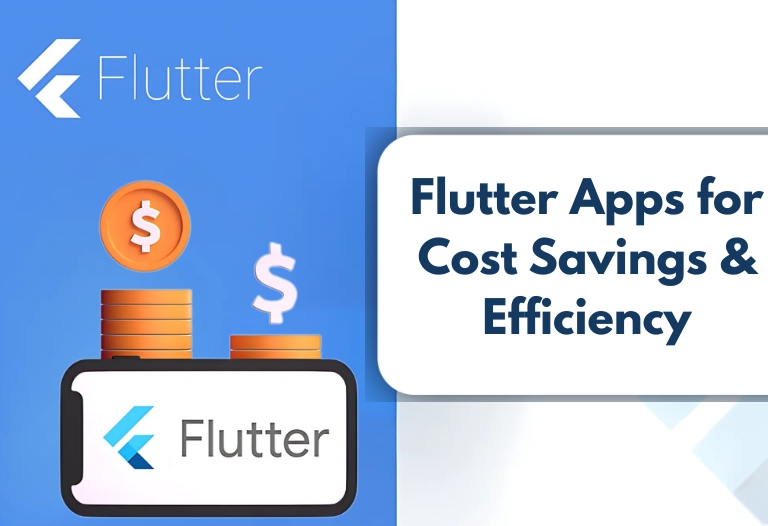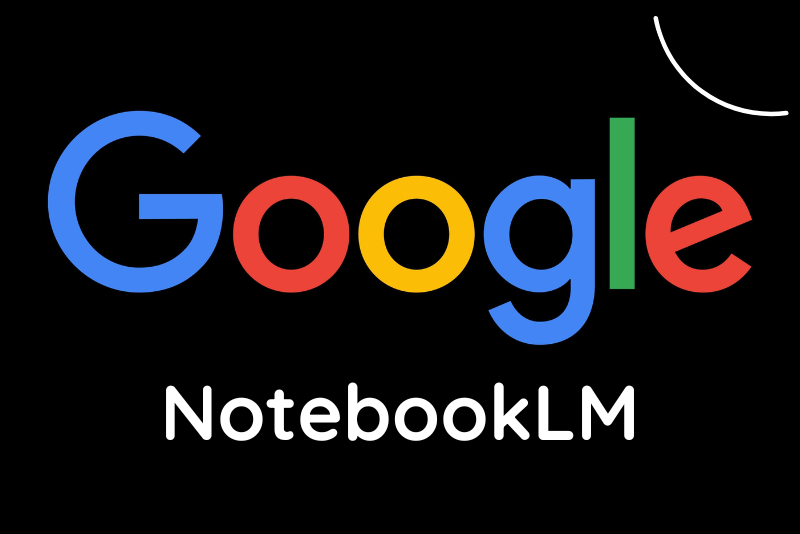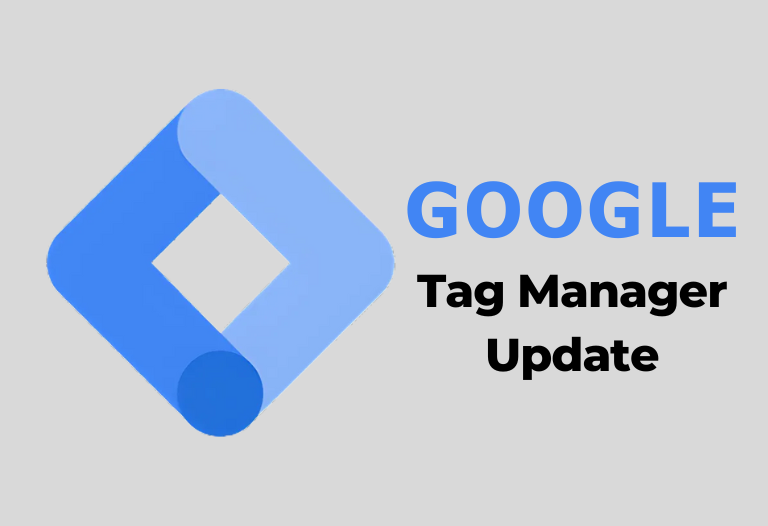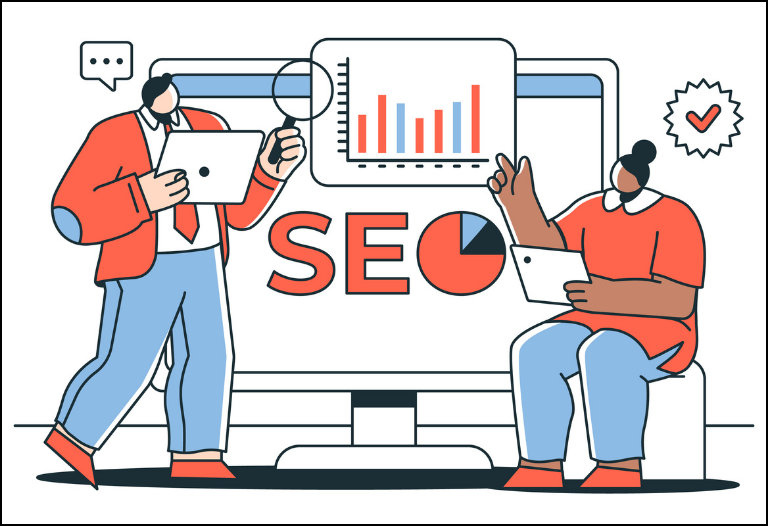
Search Engine Optimization (SEO) continues to be a cornerstone of digital marketing strategies in 2025. SEO in 2025 involves optimizing your website’s content, performance, and overall structure to improve online visibility, attract qualified leads, and drive conversions.
But is SEO worth the investment in today’s digital landscape?
We explore the benefits, challenges, and potential outcomes of adopting SEO strategies to help you determine its value for your business.
Is SEO Really Worth It?
The short answer is yes. Here’s why:
Global Reach: Over 5.6 billion searches are performed on Google daily, and search engines process approximately 2.2 trillion queries annually. With nearly 68% of online experiences starting with a search engine, SEO presents an unparalleled opportunity to attract potential customers.
Targeted Visibility: Effective SEO aligns with user search intent, ensuring your website appears for relevant queries, driving quality traffic, and increasing conversion potential.
To evaluate whether SEO aligns with your business needs, consider three key factors:
1. What is the cost of SEO for your business?
SEO tools and strategies range from free basic options to premium solutions exceeding $1,000 monthly. The cost depends on the scope and complexity of your campaign.
2. Does your website rank?
If your site isn’t visible on search engine results pages (SERPs), it’s likely underperforming in capturing leads. An SEO audit can help identify areas for improvement.
3. Are potential customers searching for your offerings?
Market research can uncover search demand, ensuring you invest in SEO strategies that match user intent and industry trends.
How Can SEO Services Benefit Your Business?
SEO is one of the most cost-effective channels for generating leads and improving online presence. Here are its key advantages:
1. Improved Online Visibility
SEO enhances your brand’s presence across various digital platforms, including websites, social media, and YouTube. By optimizing for specific queries, your brand gains recognition and trust, fostering natural user engagement.
2. Purposeful Content Marketing
Keyword-driven SEO enables targeted content creation, addressing user pain points and interests. By providing valuable insights, your brand becomes an authoritative resource, enhancing conversions.
3. Cohesive Digital Ecosystem
SEO integrates seamlessly with other digital marketing channels, such as PPC and social media, ensuring consistent messaging and increased traffic. Optimized platforms create a holistic user journey, directing audiences to your website.
4. Enhanced Digital Marketing Efficiency
SEO complements various marketing strategies, including content and affiliate marketing. By aligning with search intent, businesses can maximize ROI while reducing inefficiencies.
5. Better Website Performance
Modern SEO prioritizes technical optimization and user experience (UX). By focusing on site speed, navigation, and mobile compatibility, your site becomes more user-friendly and search engine compliant.
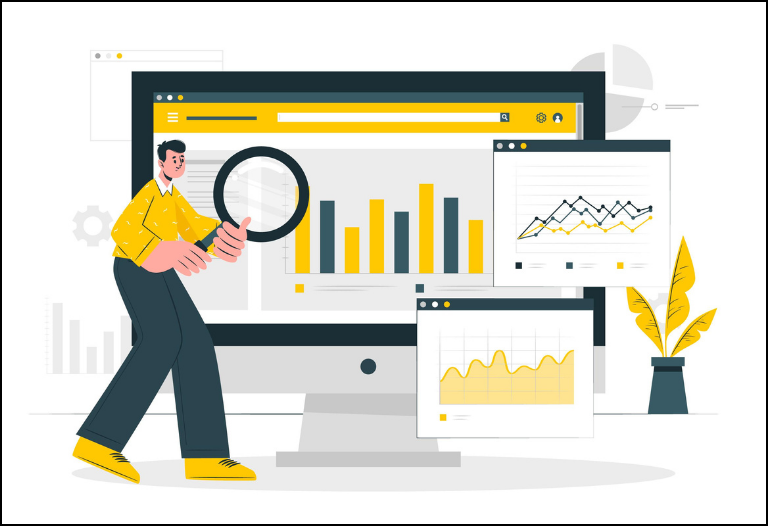
When Is the Right Time to Start With SEO?
SEO should be a priority from the inception of your website. Too often, businesses treat SEO as an afterthought, only turning their attention to it after the site is live. However, integrating SEO during the design and development phases can significantly improve the long-term success of your site. Here’s why it’s crucial to get started with SEO early:
1. Addressing Technical Aspects Early
SEO isn’t just about keywords and content; it involves technical elements that can impact how search engines crawl and rank your website. Addressing these aspects during the development phase allows you to:
- Improve page speed: Fast-loading pages is critical for both user experience and search engine rankings. Optimizing images, reducing server response time, and leveraging browser caching can all be done from the start.
- Optimize site structure: Organizing your website’s architecture in a clear, logical way (with categories, subcategories, and user-friendly URLs) helps search engines understand the content and hierarchy of your site. This also enhances user navigation, making it easier for visitors to find what they need.
- Mobile optimization: With mobile traffic accounting for a significant portion of internet use, ensuring your site is mobile-friendly from the start is a key SEO factor. Mobile optimization improves both your rankings and user engagement.
2. Optimizing On-Page Elements
On-page SEO elements, such as metadata (title tags, meta descriptions), header tags, and image alt text, should be carefully planned from the outset. By doing this early on, you avoid having to make cumbersome changes later, which could involve reworking existing content. Early optimization helps with:
Metadata: Crafting unique and compelling title tags and meta descriptions for each page increases the likelihood of attracting clicks from search engine results pages (SERPs).
Alt text for images: Including descriptive alt text for all images enhances accessibility and helps search engines understand the context of your images, boosting image search rankings and improving overall SEO.
Header tags: Structuring content with header tags (H1, H2, H3) signals to search engines how to interpret and prioritize the content on your page.
3. Building Traffic and Visibility from the Start
SEO is a long-term strategy, and it takes time for search engines to crawl and index your content. By incorporating SEO from the beginning, you set the foundation for gradual traffic growth as your site gains visibility. The earlier you start, the sooner you can begin to build your organic presence, which will pay off as you build backlinks, increase domain authority, and rank for more competitive keywords over time.
Delaying SEO means you miss out on the cumulative benefits that accrue from organic traffic. Websites that launch without SEO integration often struggle to achieve visibility in search engine results, making it harder to compete with other businesses that prioritized SEO.
4. Avoiding Future Challenges
Businesses that delay SEO often face significant challenges in implementing fundamental changes later. Once your site has been live for a while, making changes such as restructuring URLs, rewriting content for keyword optimization, or altering page speed elements can disrupt the user experience and negatively affect rankings. Early SEO implementation avoids the need for time-consuming and potentially harmful revisions down the road.
5. Ensuring a Smooth and Effective Optimization Process
Partnering with an SEO consultant or expert early in the development process ensures that your website is built with search engine optimization in mind. SEO professionals can work alongside your design and development team to ensure that the site is structured in a way that allows for easy optimization down the line. They can also offer insights on keyword research, competitor analysis, and market trends to guide your content strategy right from the start. This proactive approach helps prevent missteps and ensures a smoother, more effective SEO journey.
Businesses that delay SEO often face challenges in implementing fundamental changes later. Partnering with an SEO consultant early ensures a smooth and effective optimization process.
Is Working With an SEO Specialist Worth It?
Collaborating with an SEO specialist or strategist provides expertise and resources that are often unavailable in-house. While large agencies can offer a broad range of services, choosing an experienced SEO team with core specialists can provide unique advantages that make it a highly effective and cost-efficient option.
Here’s why working with an SEO team or agency might be the right choice for your project:
1. Expertise and Tailored Focus
An SEO team often consists of core specialists who bring deep expertise in specific areas of SEO, such as technical SEO, content strategy, keyword research, or link building.
These specialists can work together to create a highly customized strategy tailored to your business’s needs. Unlike larger agencies that may delegate tasks to junior staff or spread resources thin across multiple clients, small teams tend to take a more hands-on approach, ensuring that your project gets the attention it deserves.
2. Cost-Effective Solutions
SEO teams typically have lower overhead costs compared to larger agencies, which means they can often offer more cost-effective services. Since they focus on a few select clients or projects, these teams can provide high-quality work without the inflated costs that sometimes come with bigger agencies. This makes them an ideal option for businesses that want expert-level SEO without breaking the bank.
3. Relationship Building and Personalized Service
One of the standout benefits of working with an SEO team is the opportunity to build a closer, more personalized working relationship. With fewer clients to manage, agencies are often more responsive and dedicated to understanding your unique business goals and challenges.
This close collaboration fosters trust and open communication, allowing them to implement strategies that align perfectly with your vision. As they take the time to understand your business inside and out, you can expect a more tailored and results-driven approach to SEO.
4. Additional Effort and Dedication to Growth
Few agencies that are looking to grow and expand tend to go the extra mile for their clients. As they work to build their reputation and client base, they often invest more time and resources into delivering outstanding results.
The team’s success is directly tied to the results they achieve for you, so you can expect more dedication, creativity, and attention to detail. This eagerness to prove their capabilities can lead to more innovative SEO strategies that might not be found in larger, more established agencies that may not offer the same level of personalized effort.
5. Comprehensive Audits and Market Research
Specialized SEO teams can conduct in-depth audits and detailed market research. They use the same tools and strategies as larger agencies but are often more agile and able to focus on your specific industry or market.
By identifying opportunities and potential roadblocks early on, an SEO team can deliver actionable insights that are tailored to your business’s needs. This allows them to fine-tune your website’s SEO strategy with precision.
6.Advanced Optimization Techniques
SEO teams often pride themselves on staying at the forefront of the latest trends and best practices in SEO. Their ability to quickly implement advanced optimization techniques, such as technical SEO adjustments, content strategy improvements, and link-building campaigns, can be a great advantage.Unlike larger agencies, where processes may be more standardized, a team even though more likely to experiment and adapt quickly to ensure your website stays competitive in search engine rankings.
7. Measurable Results Through Data-Driven Strategies
Just like larger agencies, SEO teams leverage data-driven strategies to measure success and refine their approach. They track performance using key metrics like organic traffic, keyword rankings, and conversion rates, ensuring that all SEO efforts are aligned with your business objectives.Since they’re focused on fewer clients, these teams can provide more regular updates and insights, giving you a clear picture of how your SEO investment is paying off.
Common Misconceptions About SEO
1. SEO Is Expensive
While initially, those costs may seem wasted, the long-term ROI often outweighs the investment. Many campaigns yield returns upwards of 700%, proving SEO’s cost-effectiveness.
2. SEO Offers Immediate Results
Unlike PPC, SEO is a long-term strategy. It takes time to see significant results, but the sustained benefits make it worthwhile.
3. SEO Is Cheating
Ethical SEO follows search engine guidelines, focusing on quality content and user-centric strategies. Black-hat techniques are outdated and can lead to penalties.
4. SEO Requires Constant Work
While ongoing maintenance is necessary, the effort decreases over time. Regular updates and content refreshes ensure sustained performance.
SEO vs. PPC vs. Traditional Marketing
businesses often face the decision of whether to invest in SEO (Search Engine Optimization), PPC (Pay-Per-Click), or traditional marketing methods. Each approach has its strengths, but understanding the nuances and how they fit into your overall marketing strategy is key to driving sustainable success. Here’s a deeper look at each option:
SEO: Long-Term Strategy with Sustainable Results
SEO is a long-term strategy that focuses on optimizing your website to improve its ranking on search engine results pages (SERPs) organically. Unlike PPC, which requires ongoing payment for visibility, SEO yields sustainable results that grow over time with less ongoing investment.
Low-Cost Entry: SEO can be initiated with a relatively small budget, especially when you begin with foundational efforts such as optimizing metadata, improving site speed, and publishing high-quality content. As you gain traction, SEO can become even more cost-effective compared to paid advertising.
Building Presence and Awareness: From the inception of your website, SEO allows you to build an organic presence by focusing on keyword targeting, quality content creation, and link-building strategies. Over time, this organic reach grows, and the cost per lead or conversion diminishes. As your website’s authority grows through consistent optimization, it naturally attracts more visitors without additional ad spend.
Quality Backlinks and Content Writing: One of the most effective ways to improve SEO is through content creation and acquiring high-quality backlinks. This process not only boosts your site’s credibility but also creates a sustainable stream of organic traffic. These efforts can be started with a limited budget and expanded as your business grows, eventually making your website a leading authority in your industry.
When to Go Aggressive with SEO: As your organic reach starts to grow, you can ramp up your SEO strategies. More content, advanced technical optimizations, and a focus on higher-value keywords can increase traffic and improve your rankings. Once you’ve built a solid organic foundation, adding PPC to complement your SEO efforts can further accelerate growth.
PPC: Immediate Visibility with Higher Short-Term Costs
PPC, particularly through platforms like Google Ads or social media ads, can deliver immediate results. It allows businesses to secure prominent placement at the top of search results or in users’ feeds without having to wait for organic ranking to improve. However, while the results are quick, they come at a price.
Rising Costs of Ads: As more businesses adopt PPC, the cost of bidding for ad space increases. This creates a competitive environment where the cost-per-click (CPC) rises every day. For businesses with limited marketing budgets, this can lead to significant expenditures that don’t always generate the return on investment (ROI) they expect.
Budget Exhaustion Without Long-Term Gains: Running PPC campaigns can be a double-edged sword. While it provides immediate visibility, the ongoing cost of maintaining ads can quickly drain your marketing budget. Additionally, unless you’re continuously optimizing your campaigns, PPC often doesn’t offer the long-term sustainability that SEO can provide. Once you stop paying for ads, your visibility vanishes instantly.
Limited ROI: While PPC can bring in immediate traffic, it may not always lead to the quality of leads or conversions you’re hoping for. The cost of acquiring customers through paid ads can be significantly higher than organic methods, and the long-term ROI may be questionable if not managed carefully. For businesses with limited resources, the risk of depleting the marketing budget without yielding substantial returns is a genuine concern.
Traditional Marketing: Limited Reach and Higher Expense Compared to Digital Channels
Traditional marketing methods—such as TV ads, radio spots, direct mail, and print media—have their place, especially for brand-building and reaching a broad audience. However, when compared to digital marketing methods like SEO and PPC, traditional marketing often falls short in terms of cost-efficiency, measurability, and reach.
Higher Costs: Traditional marketing tends to come with higher upfront costs, whether it’s for production, media buying, or distribution. This can be a barrier for businesses with limited budgets, especially when compared to the more targeted and flexible nature of digital marketing.
Limited Reach and Less Targeting: Traditional marketing often has a broad reach but lacks the ability to target specific demographics or measure detailed performance. Digital channels, on the other hand, allow you to tailor campaigns to specific audiences based on behaviors, interests, and search intent.
Harder to Track ROI: One of the biggest drawbacks of traditional marketing is the difficulty in measuring its ROI. Unlike digital marketing efforts like PPC or SEO, it’s challenging to track the effectiveness of traditional advertising and determine exactly how much value it’s delivering.
A Balanced Approach: Combining SEO and PPC for the Best Results
While SEO and PPC are often viewed as separate tactics, combining both strategies in a balanced approach can yield the best results for your business.
Starting Small with SEO: For businesses, starting with SEO is often the most cost-effective and sustainable way to build your online presence. With a modest initial investment, you can begin improving your website’s content, on-page elements, and backlink profile. As your website gains organic traction, you’ll start to see more visitors and leads at a much lower cost compared to PPC.
Scaling with PPC Once Organic Reach Grows: Once your website’s organic reach starts to gain momentum, you can consider incorporating PPC into your strategy. PPC allows you to target specific keywords and demographics quickly, driving even more traffic to your site. With a solid SEO foundation, you’ll be able to target high-conversion keywords and capture leads that are already familiar with your brand through organic search.
Synergizing SEO and PPC: The real magic happens when SEO and PPC work together. SEO builds long-term credibility and organic reach, while PPC drives immediate traffic and visibility. With both strategies in place, your business can benefit from both short-term wins and long-term sustainable growth.
SEO remains a vital digital marketing strategy in 2025. Its ability to drive organic traffic, enhance brand visibility, and deliver long-term ROI makes it an essential investment for most businesses. However, its success depends on strategic implementation and continuous improvement.
FAQs About SEO in 2025
Q: How much does SEO cost?
A: Costs vary based on scope, tools, and agency expertise, ranging from $250 to over $5,000 monthly.
Q: How long does it take to see results?
A: SEO typically shows significant improvements within 3-6 months.
Q: Can small businesses benefit from SEO?
A: Absolutely. Local SEO strategies can help businesses attract nearby customers and compete with larger brands.
Q: Is SEO better than PPC?
A: SEO and PPC serve different purposes. Combining both strategies often yields optimal results. However, SEO is a long-term yielding process – it is more of an investment that keeps on giving results – even when you stop putting money into it.
Investing in SEO is more than a financial decision; it’s a commitment to growing your brand’s digital presence and staying competitive in an ever-changing market.
For tailored SEO strategies, audits, and a proposal, contact us!




 January 8, 2025
January 8, 2025